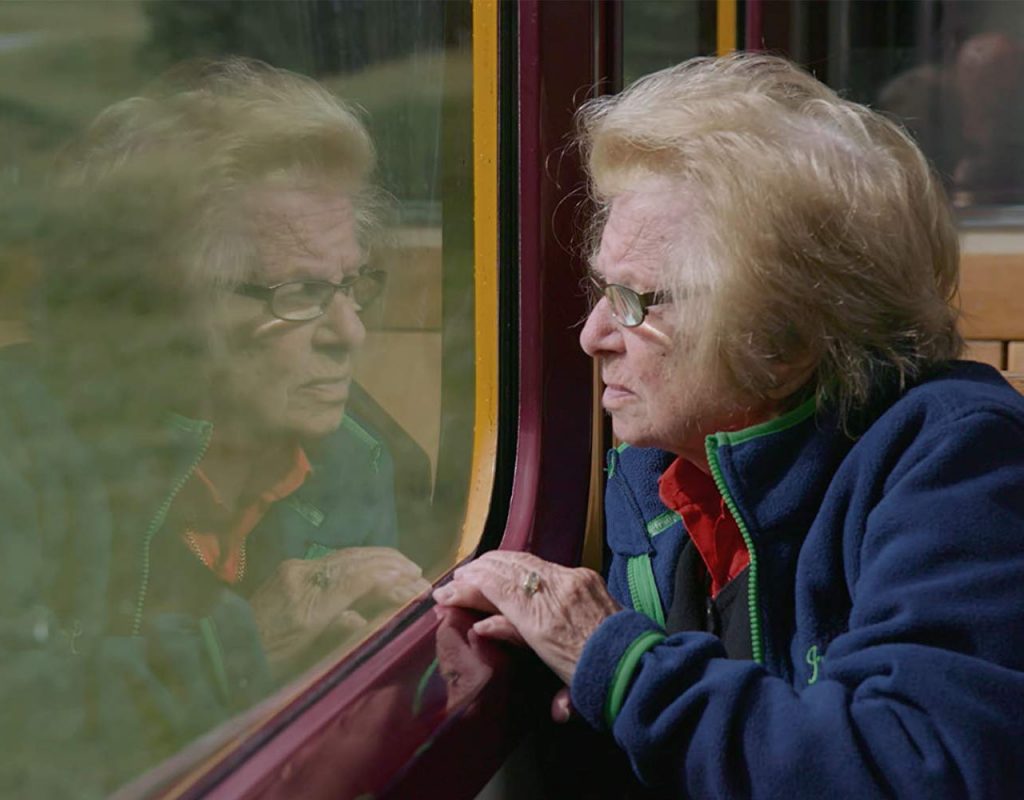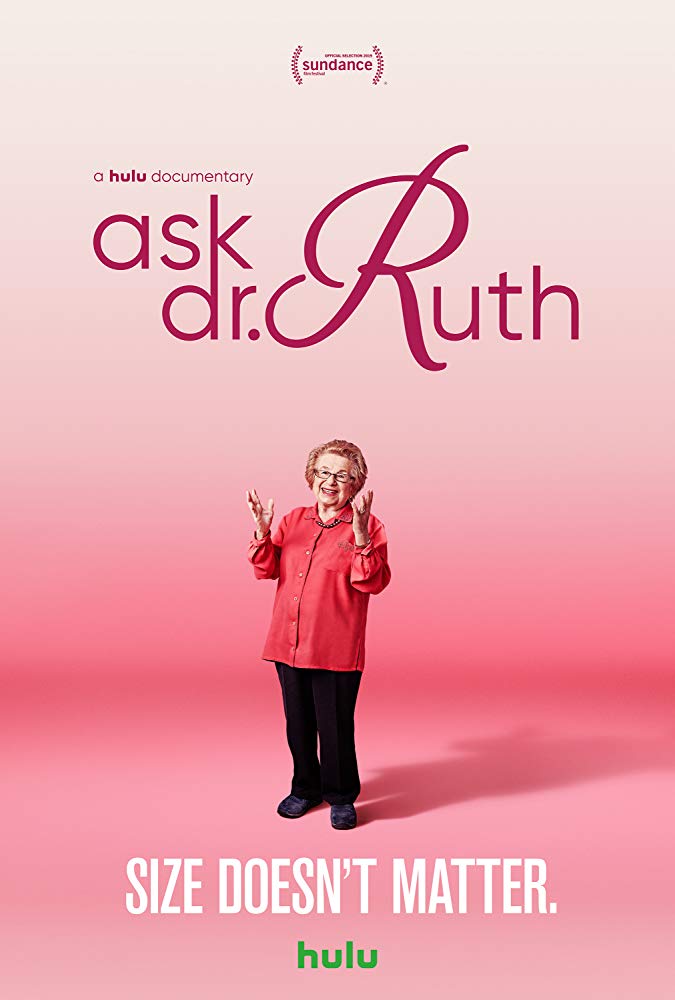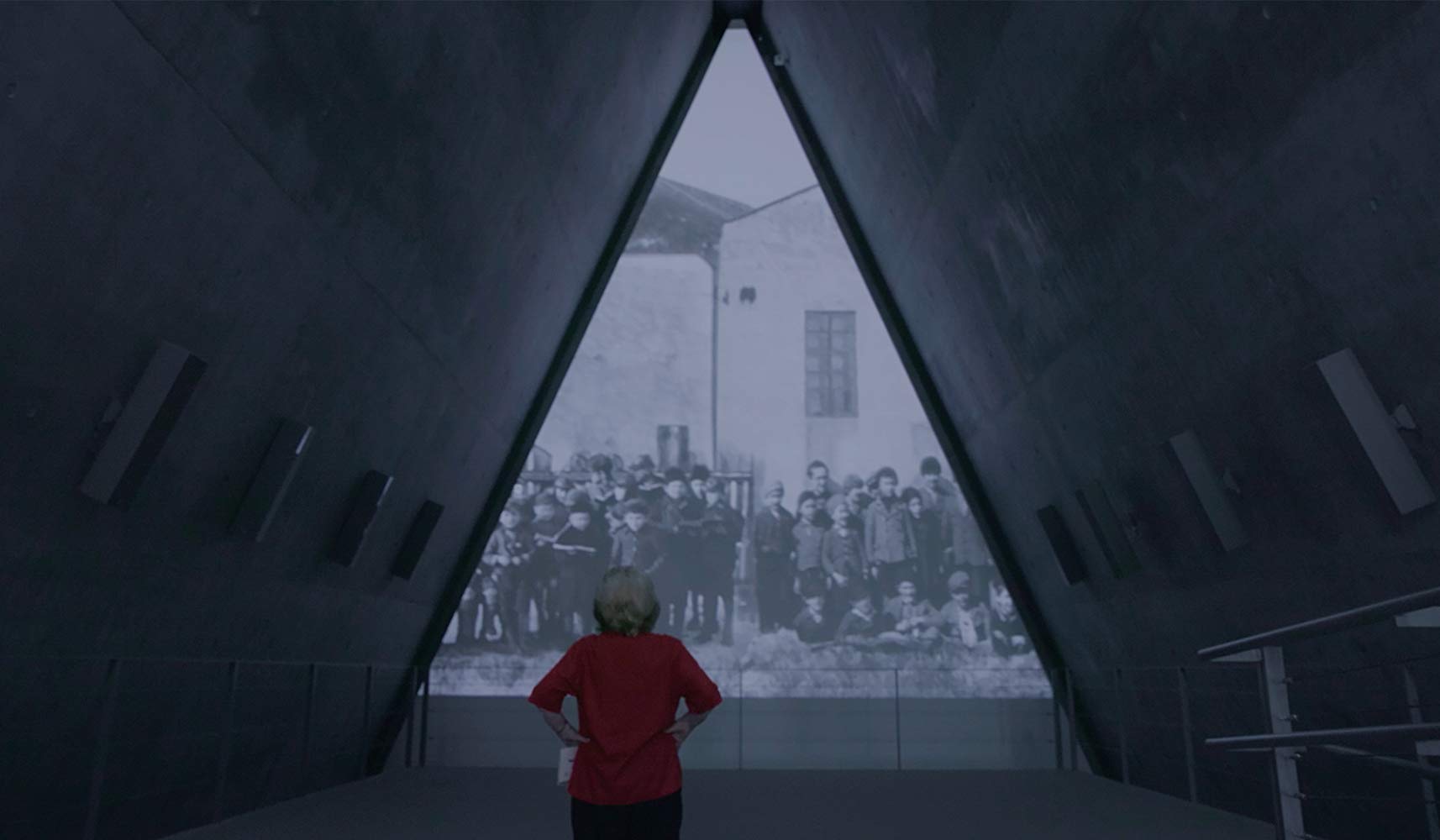Now that the Sundance Film Festival is in full swing I had the opportunity to talk to cinematographer David Paul Jacobson who shot the Hulu documentary chronicling the incredible life of Dr. Ruth Westheimer which is playing at the Sundance Film Festival. Dr. Ruth is a Holocaust survivor who became America’s most famous sex therapist. As her 90th birthday approaches, Dr. Ruth revisits her painful past and her career at the forefront of the sexual revolution.
David Paul Jacobson is an NYC based cinematographer. He has worked as a cinematographer on “Room 104,” and has compiled an incredible list of Director of Photography credits including: “The Keepers,” “The Jinx,” and “Room 104.” We dive into the details on his cinematography for “Ask Dr. Ruth” in the transcribed phone interview below.
https://www.youtube.com/watch?v=CTLwBeyjPWI
Brian Hallett
What challenges did you face shooting this documentary?
David Paul Jacobson
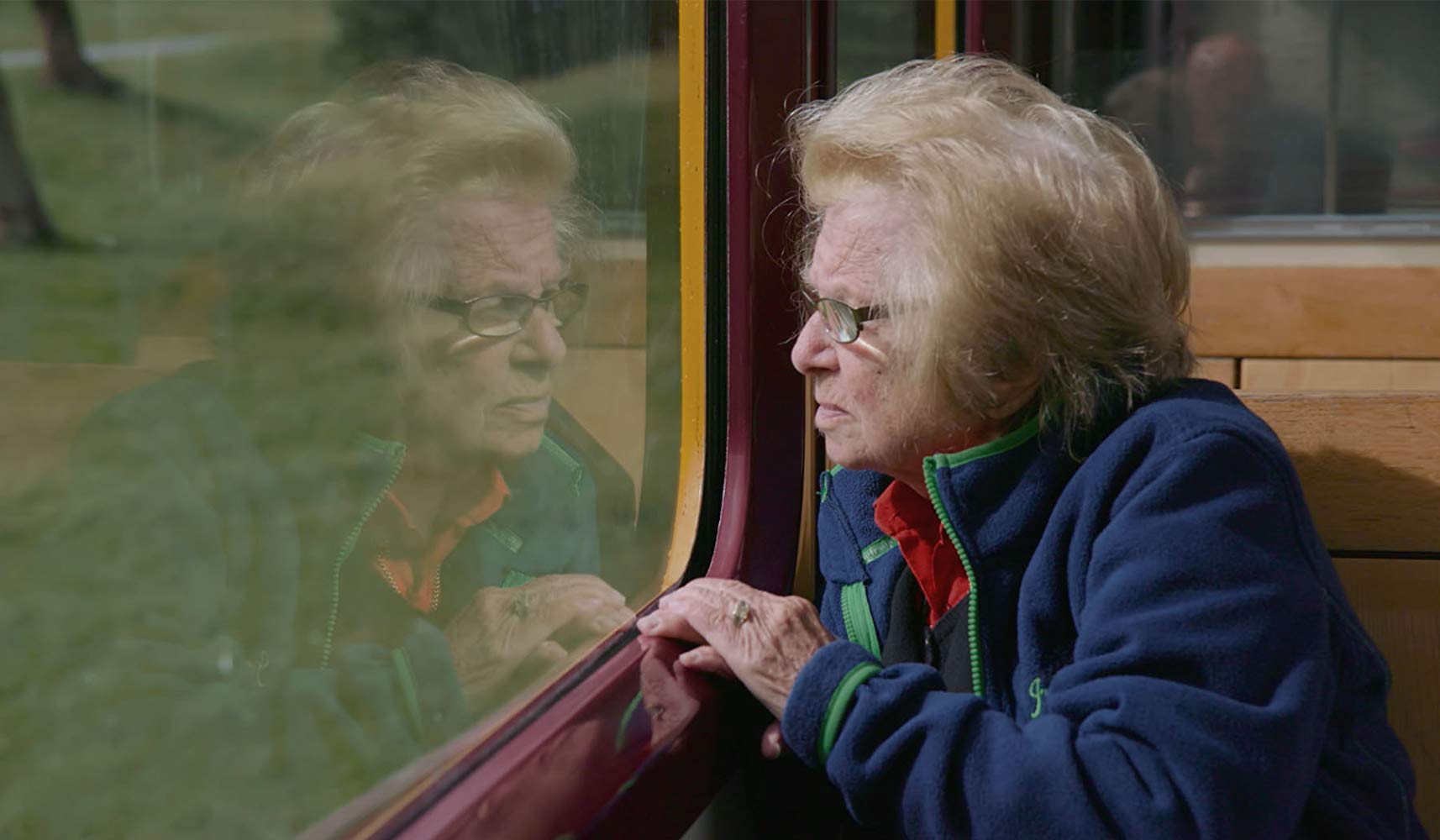 Dr. Ruth is a really incredible person to meet. She is a legend that we all sort of know her, people kind of know of her, or they feel very intimately aware of her and her career, but no one really saw the sort of real personality, the real human being behind the character that she would play. The character it turns out is authentically her but there is an intimacy that she never really projected in her public life that we really wanted to capture in this documentary. One of the big considerations in creating an environment where she would not be so performative was to make the production extremely small. Crews were small and we didn’t travel with a lot of gear, which was a little bit outside of my comfort zone, but I’ve been doing documentaries for years so I’m very scalable that way. We were in a lot of situations where I’d consider that she’s a ninety-year-old woman, and I’d ask myself “do I make her look as good as possible?” You know we could have gone with that sort of high production route and we chose not to do that because we really wanted to be as intimate and authentic as possible with her and sort of make the camera disappear, which is not something that she’s used to doing. In fact, she would often try to talk to the camera because that’s what she’s sort of trained to do and been doing for decades. So our main approach was to recede into the background as much as possible but at the same time to make it as beautiful as possible.
Dr. Ruth is a really incredible person to meet. She is a legend that we all sort of know her, people kind of know of her, or they feel very intimately aware of her and her career, but no one really saw the sort of real personality, the real human being behind the character that she would play. The character it turns out is authentically her but there is an intimacy that she never really projected in her public life that we really wanted to capture in this documentary. One of the big considerations in creating an environment where she would not be so performative was to make the production extremely small. Crews were small and we didn’t travel with a lot of gear, which was a little bit outside of my comfort zone, but I’ve been doing documentaries for years so I’m very scalable that way. We were in a lot of situations where I’d consider that she’s a ninety-year-old woman, and I’d ask myself “do I make her look as good as possible?” You know we could have gone with that sort of high production route and we chose not to do that because we really wanted to be as intimate and authentic as possible with her and sort of make the camera disappear, which is not something that she’s used to doing. In fact, she would often try to talk to the camera because that’s what she’s sort of trained to do and been doing for decades. So our main approach was to recede into the background as much as possible but at the same time to make it as beautiful as possible.
Brian Hallett
What was your time frame? Did you have all access at all hours with her?
David Paul Jacobson
Well, it really depended with the footage we shot in Switzerland and Israel. That was our introduction to her. That sort of set the pace for the whole production but it was just very intimate. When we were with her we were we were fully with her but then we would take breaks. So, we would do like a week or so on or like four or five days then we’d go down for three weeks and go off and do different stuff. Then we would come back. Ryan, the director, and the production was all run out of LA, and I’m New York based so we usually shoot with her in New York, except for the content that we did in Switzerland and Israel. We would all come back together and we would shoot for a few days. We would follow her around for like a whole day and sometimes there were shorter days. She has an insane amount of energy but she’s also 90 years old so she would get tired sometimes and we’d give her a break. It was pretty full on and she really gave us a lot of access.
You want the intimate, but you also need the coverage. How do you balance that?
David Paul Jacobson
The intimacy of being close to her was always a thing I really wanted to pursue. I wanted to be on wider lenses and be physically close because that’s not a way many see her very often, and the fact that she’s so small and her perspective on the world is unique and the way she interacts with people is kind of unique. I always wanted to be at a low angle and at her level. Most of these situations usually come up when I’m shooting movies so I felt like that kind of kinetic coverage and stuff was great when I was really close to her. But, then when we were in a more static sort of environment, like in her home where she was sitting and talking with somebody, that was when I would usually take a few steps back and let the wide shot play. I always felt like seeing Ruth in context was always really beneficial to the viewer more than just an extreme close up on her.
Brian Hallett
What was your camera package like and did you use an EasyRig to keep that camera a little lower?
David Paul Jacobson
In fact, I did. You nailed it. The package was really small. We went out for the European/Israel part of the shoot with this skeleton package that basically fit on my back. I could probably carry my entire kit and Ryan, the director, would always walk around with a camera as well. We shot on two Canon C300 Mark II 2s. Ryan had one and I had one. Mine was a little more built out and his C300 Mark II 2 was a little more stripped down with just a handle and a lens on it. I would say 90 percent of the shoot; even actually when we were doing talking head interviews I was on the EasyRig and the real game changer for me was the Flowcine Serene Arm that you can add to it. This absorbed all of that sort of imbalance that happens when you’re using the Easy Rig. It wasn’t perfect by any means. It definitely was a bit of a learning curve for me. It’s always really rough for me when I’m trying to move around and I’d much rather the camera be on my shoulder. But of course, the reality of shooting someone who’s four foot seven inches tall, to get to her level, you basically need the camera around your waist. I would use the EasyRig for all that stuff and it was the most important piece of equipment that we had for the whole shoot. We used Canon L series zoom lenses quite a bit. I have a Zeiss .cp2 super speed set that I used for whenever things were controlled enough to go on to a prime lens and then towards the end of the shoot we started using those new Angenieux ez-zooms. I subsequently bought the set because they’re really great because you can shoot a T2 and you have a really nice zoom range. They’re perfect for documentary work.
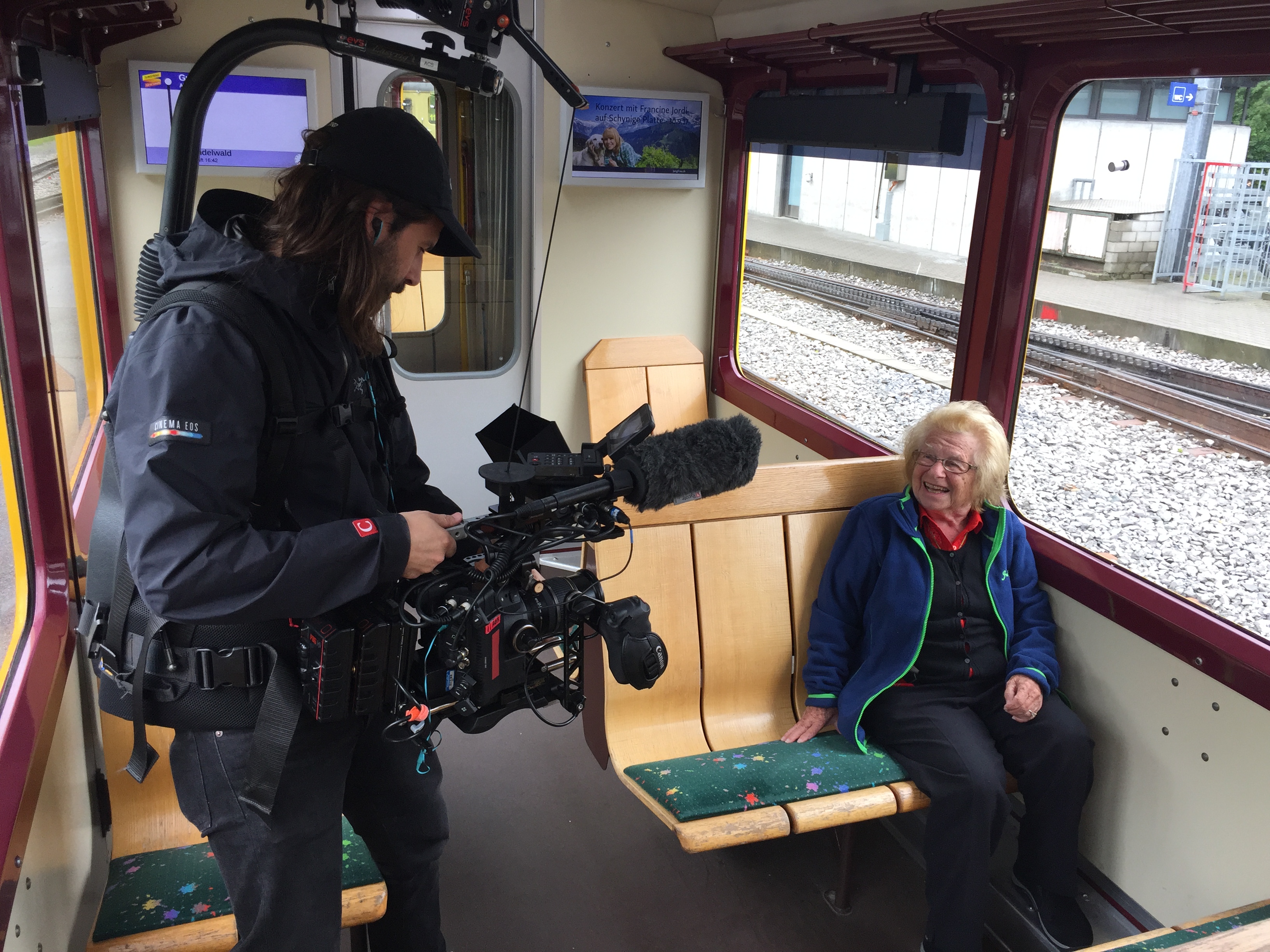
Brian Hallett
How did you manage your lighting?
David Paul Jacobson
The movie is 95 percent natural light. A lot of the quality of the image is a testament to good color correction and balancing of mixed lighting. Whenever I could, I would jump ahead to locations, and when we do a location move I’d jump ahead to Ruth’s apartment. I shot there a number of times and I figured out exactly where to put the curtains to get the best kind of quality of light in there. I wasn’t even moving around with a lite panel or anything. There was a couple of interviews where we brought one light but almost everything we shot was natural lighting or just slightly modified natural light.
Brian Hallett
How did you ensure you were making it artful?
David Paul Jacobson
I mean artful is kind of an interesting word to use because for me, it’s story first, and I guess the sort of the beauty comes from the effort to tell the story as best you can. Sometimes the environment is not hospitable to beautiful lighting or ideal anything. I think being a documentarian you’re always balancing those things. One thing that is really beneficial is having a second camera. Knowing that in a lot of situations Ryan was covering things gave me some freedom to play around because sometimes you enter the stressful situation where you’re locked into a shot and you can’t change it because you know you’d disrupt what’s going on in the scene or what’s happening. Knowing that Ryan had the coverage gave me the freedom to kind of bounce around if I knew there was a better angle or something a little more aesthetically interesting. I also can’t stress enough how useful it is having a director that you can trust. I could tell Ryan, while we were shooting, this isn’t working, we need to move her over here and she’s cool doing that. I mean there are certain situations where I wouldn’t have done that I wouldn’t have disrupted the flow but when I felt like it was safe to do it I would do it.
Brian Hallett
How important is it to have that subject to camera intimacy?
David Paul Jacobson
It’s really important. It develops somewhat organically. If they don’t trust you then you’re kind of screwed. On some level, they need to know that you have their back. From the very beginning, Dr. Ruth was extremely sort of warm and welcoming to me and I think we had like an instant rapport and she kind of gets along with everybody. I think that the fact that I’m Jewish in this case really helped. She sort of immediately connects on that level which sounds kind of weird, but she also connected with Ryan the director who is very much not Jewish. She would almost tease him. What I mean, is in Israel and being Jewish she would always be kind of mocking him in a playful way. You just kind had to have that connection. For me, I don’t try to inject myself too much in conversation and I try to be a little bit removed, but I also try to be responsive and warm when subjects directly communicate with me. But, I don’t want to inject myself too much into the process because I didn’t want her to be like playing to me. I wanted her to sort of forget I was there.
Brian Hallett
What did you learn from Dr. Ruth?
David Paul Jacobson
Dr. Ruth had this really traumatic childhood. Coming out of that she’d developed this sort of viewpoint on the world. She really doesn’t take any moments for granted and you could feel that instantly when you’re around her. I thought that kind of shows in the documentary as well. Being around her… she really exudes wisdom and exuberance and is extremely positive and does not sweat the small stuff at all. She has seen the darkest vision of the world through some of the most horrible things a person can go through. Coming out the other side, I think she’s got this very healthy viewpoint on the world. Spending time with her you can get some of that good stuff; it inevitably rubs off on you. I think that’s what I learned the most from her.
Brian Hallett
What would you tell younger filmmakers who are just starting out? What would you share with them that you’ve learned along the way that may be helpful?
David Paul Jacobson
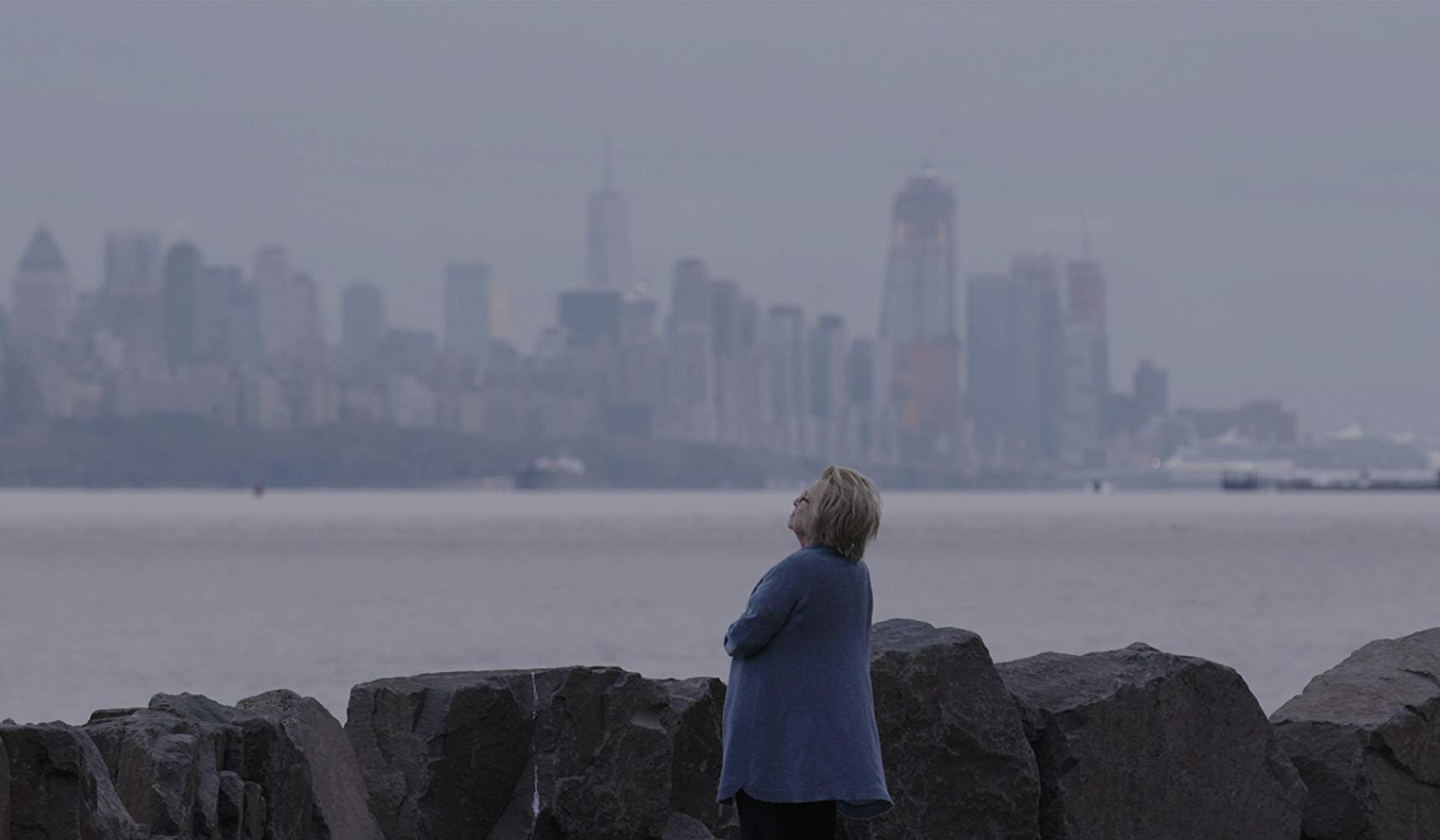 What would I tell younger filmmakers? I think the most important thing for me coming out of film school and being in New York City, which is a very competitive environment, it’s to find people that you can support that will support you. I am lucky because I went to a film school that sort of does that work for you as long as you’re enthusiastic and have a good attitude and you want to make stuff. There will be people that will naturally gravitate towards you and you to them. Being on set and just working is the best advice I can give anybody. There’s a lot to be said for making your own thing but just being on a set and seeing how it works whether it’s a documentary or a commercial or anything. There are things you can learn from any of those though fields. I guess my advice would just be to get experience on set. Even if you’re a P.A., you can start to gravitate toward the department that interests you and eventually someone will give you a chance. I’ve seen that happen many times.
What would I tell younger filmmakers? I think the most important thing for me coming out of film school and being in New York City, which is a very competitive environment, it’s to find people that you can support that will support you. I am lucky because I went to a film school that sort of does that work for you as long as you’re enthusiastic and have a good attitude and you want to make stuff. There will be people that will naturally gravitate towards you and you to them. Being on set and just working is the best advice I can give anybody. There’s a lot to be said for making your own thing but just being on a set and seeing how it works whether it’s a documentary or a commercial or anything. There are things you can learn from any of those though fields. I guess my advice would just be to get experience on set. Even if you’re a P.A., you can start to gravitate toward the department that interests you and eventually someone will give you a chance. I’ve seen that happen many times.
Brian Hallett
What do you have coming up next? What can we look forward?
David Paul Jacobson
Including documentaries, I do a lot of commercials. I think I’m in a bit of a commercial cycle now but I’m definitely looking to do more narrative work. I’ve worked on a number of television shows and movies but I haven’t actually shot my own feature yet. Hopefully this year I get a feature under my belt.

Filmtools
Filmmakers go-to destination for pre-production, production & post production equipment!
Shop Now